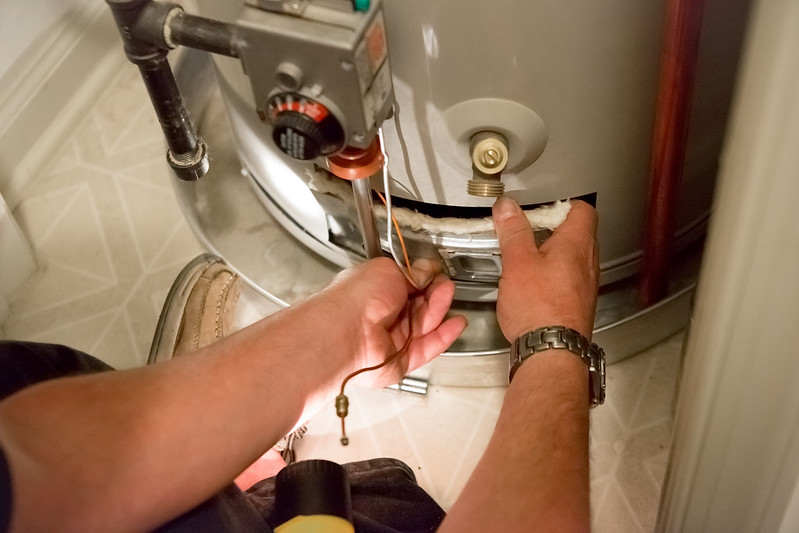Electric water heater failure
Electric water heaters are a reliable and safe source of hot water for your home or business. However, when problems do occur, you want to be able to identify the cause and apply the correct solution quickly.
Before you start troubleshooting your water heater, it’s imperative that you remember safety first. Turn off the power supply of the water heater in the switch box before starting to look at the electric water heater. Here’s how you can fix some of the most common electric water heater problems.
Water temperature problems

Different types of water heater problems can cause problems with the water temperature. When the water runs too hot, it usually means that the thermostat is set too high. Verify that the top and bottom thermostats are set between 110 and 140 degrees.
When the water is not hot enough or if it runs out too quickly, the problem may be a smaller water heater, crossed hot and cold connections or a faulty heating element or thermostat. Exclude a cross connection by turning off the water supply and opening a hot water tap; if the hot water still flows, this could indicate a cross connection. Next, you’ll need to check other elements to make sure everything is working properly.
No hot water
When there is no hot water, the problem can arise from lack of energy, a faulty electrical thermostat or a faulty upper electric heating element. Start by ruling out power problems. If, when you go to turn off the power supply to the electrical panel, it is already off, then you have discovered the problem. Just reset the switch box, wait an hour, then try hot water. If not, it may be necessary to test the thermostat by checking the temperature of the water in the sockets or repair the elements.
Losses
A faulty temperature can cause water leaks and pressure relief valve, excessive pressure, overheating, a blocked valve, a leak from an overhead or adjacent plumbing connection, loose heating element bolts, a faulty gasket or a leaking water tank. To check the temperature and pressure regulating valve (“T&P”), place a bucket under the hanging pipe, open the valve and rinse it out of debris.
If it still leaks, repair or replace it. Then, to reduce excessive pressure or heat, turn down the thermostat. Next, check for any loose hose connections and use a wrench to tighten whatever you find, being careful not to overtighten. Then, check the bolts of the heating element, tightening them if necessary. If the heating element is still leaking, it may be necessary to replace the parts.
Discoloration or bad smell
Rust-colored water can be caused by corrosion inside a glass-lined tank or by a faulty anode rod. A decomposing anode rod can also release gaseous hydrogen. Very often this can be detected by the smell of rotten eggs coming from your hot water. To solve this problem, rinse the water heater. Then, treat the tank and pipes for at least two hours with a solution of 2 pints of 3% hydrogen peroxide to 40 gallons of water and install a new anode rod. If the smell persists, it may be necessary to replace parts or the entire heater.
Noise from the water heater
The crackling of sediments in the tank as the air bubble passes through it can cause a low and rumbling noise. Treat it by washing the water heater and cleaning up any visible sediments. A build-up of scale on electric heating elements can cause a high-pitched, whining noise. To deal with this, first of all, rinse the water heater. Next, clean the scale from the tank and the elements of the water heater.
Many of these troubleshooting efforts may require more technical knowledge than you think they can handle. For expert and stress-free testing, replacement or repair of your electric water heater, talk to the plumbing professionals of Emergency Plumber Derby.
The technicians we work with: Derby Electrician Emergency Service, Derby Locksmith Emergency Service, Plumber Emergency Service 24.
Call 01332323009
